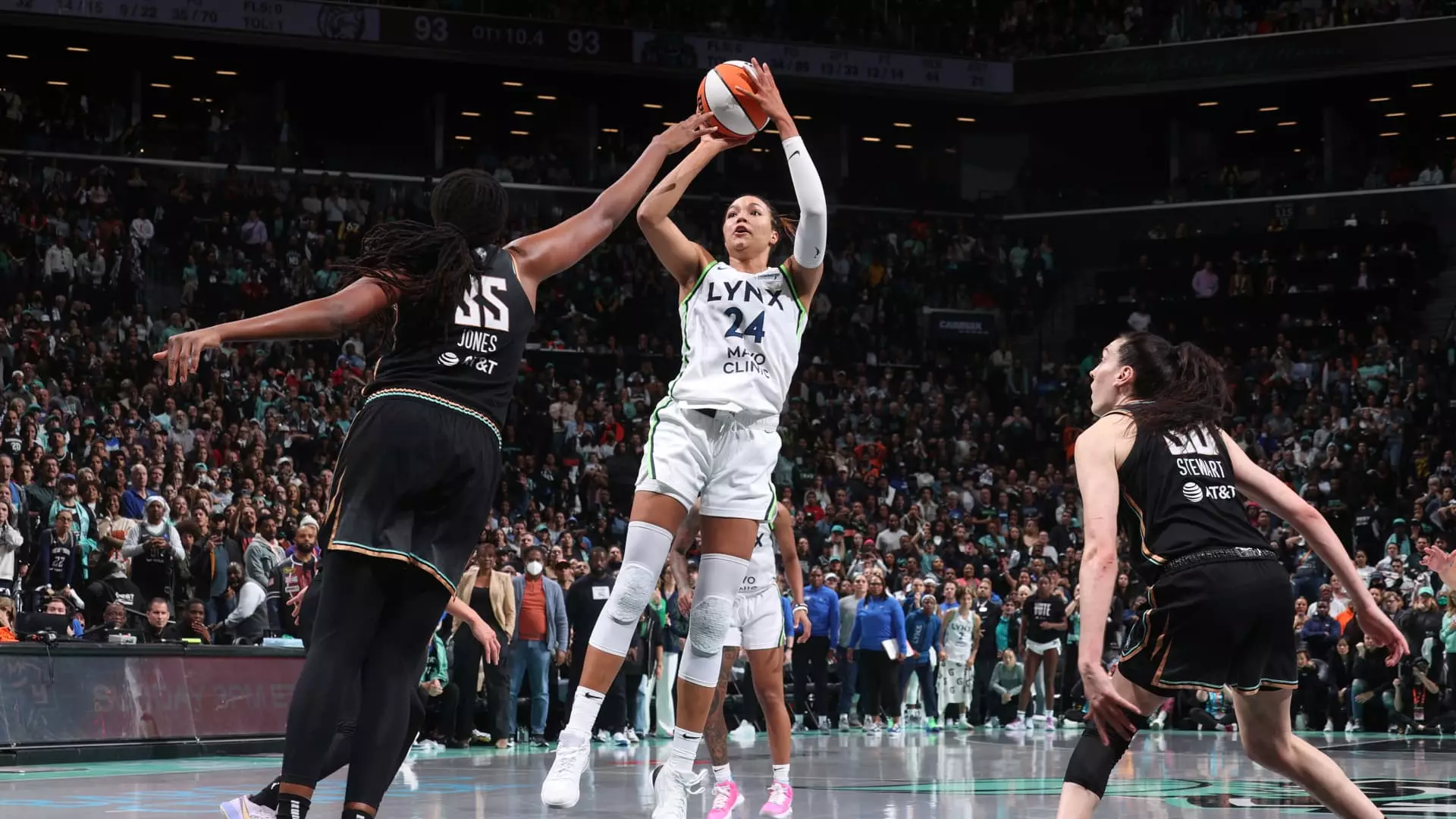The announcement that the WNBA is expanding to Cleveland, Detroit, and Philadelphia is much more than a routine growth move. It’s a bold, strategic gambit that carries immense implications for women’s professional basketball — and American sports culture as a whole. While the league celebrated this as a “monumental day,” a deeper inspection reveals both profound opportunities and lingering challenges that demand critical scrutiny. The next five years will be pivotal for the WNBA’s evolution, and this expansion has the potential to define the league’s trajectory for decades.
Expansion as a Strategic Bet, Not a Surefire Win
The addition of three new franchises over a stretched timeline isn’t simply an increase in numbers; it’s a calculated effort to tap deeply into markets steeped in sports lineage. Cleveland, Detroit, and Philadelphia are cities marked by passionate fan bases and historic basketball connections. This heritage offers the WNBA fertile ground for rekindling interest in women’s basketball. Yet, this history also serves as a cautionary tale. Cleveland’s previous WNBA team, the Rockers, folded after just seven seasons amid financial losses and attendance struggles. Likewise, Detroit’s Shock relocated despite impressive championship runs and fan support, primarily due to economic viability concerns. The WNBA is not just planting new teams; it’s taking a high-stakes risk to resurrect women’s pro basketball in cities that previously failed to sustain it.
The $250 Million Franchise Fee: Ambition or Overreach?
A staggering $250 million franchise fee for each new team marks an unprecedented valuation for the WNBA, signaling growing confidence from investors and the league’s leadership. However, this figure also underscores the immense pressure on these new franchises to deliver rapid returns both on the court and financially. The fee is a double-edged sword—it reflects optimism in the WNBA’s future while simultaneously raising the bar for profitability. Given the past difficulties in retaining teams in these markets, the WNBA must ensure that business models evolve beyond past failures, crafting sustainable strategies to avoid repeating history’s costly mistakes.
Local Ownership: The Real Game-Changer
One of the most encouraging aspects of this expansion is the involvement of established, local NBA ownership groups stepping into women’s sports. Cleveland’s Rock Entertainment Group, Detroit’s Pistons owners, and Philadelphia’s 76ers’ parent company provide not just capital but potentially a cross-pollination of organizational expertise and fan loyalty. This synergy can bridge the gap between men’s and women’s professional sports, offering integrated marketing, venue sharing, and brand elevation that standalone ventures previously lacked. Successful synergy will hinge on genuine commitment to growing women’s basketball, beyond transactional or symbolic investment.
Market Viability vs Cultural Receptiveness
The league’s decision to also keep an eye on Houston for future expansion highlights an ongoing tension between market size and cultural receptiveness. Cities like Houston and Miami offer large, diverse populations that could sustain teams but ask whether grassroots interest and gender dynamics in these markets align with economic targets. The WNBA’s cautious approach reflects the understanding that sheer market size doesn’t guarantee fan engagement. The league must pursue smart, culturally aligned growth that nurtures real community connections—otherwise, expansion risks creating hollow franchises that mirror past failures.
Beyond Basketball: A Broader Socioeconomic Signal
On a broader level, the WNBA’s expansion into these historically industrial cities illustrates a potent cultural moment. These metro areas symbolize resilience amid economic shifts and urban renewal efforts, yet still wrestle with issues like income inequality and social mobility. The reinvigoration of professional women’s sports brings not only new entertainment but a potent message about gender equality and economic empowerment in communities often sidelined in major sports media narratives. The WNBA’s growth could spearhead greater recognition and investment in women’s athletics at a time when it’s desperately needed. But this depends heavily on genuine integration into the local sports fabric and effective community engagement strategies.
—
The WNBA’s expansion to Cleveland, Detroit, and Philadelphia is undeniably ambitious and symbolically powerful, but it’s far from a guaranteed success story. These cities offer rich histories and proven fan passion, but financial sustainability and cultural resonance will ultimately determine whether these new franchises survive and thrive. The league’s ability to leverage local NBA ownership, manage unprecedented franchise fees, and navigate complex market dynamics will define its legacy in the crucial coming years. The WNBA is stepping onto a bigger stage, but whether it dazzles or stumbles remains to be seen.

